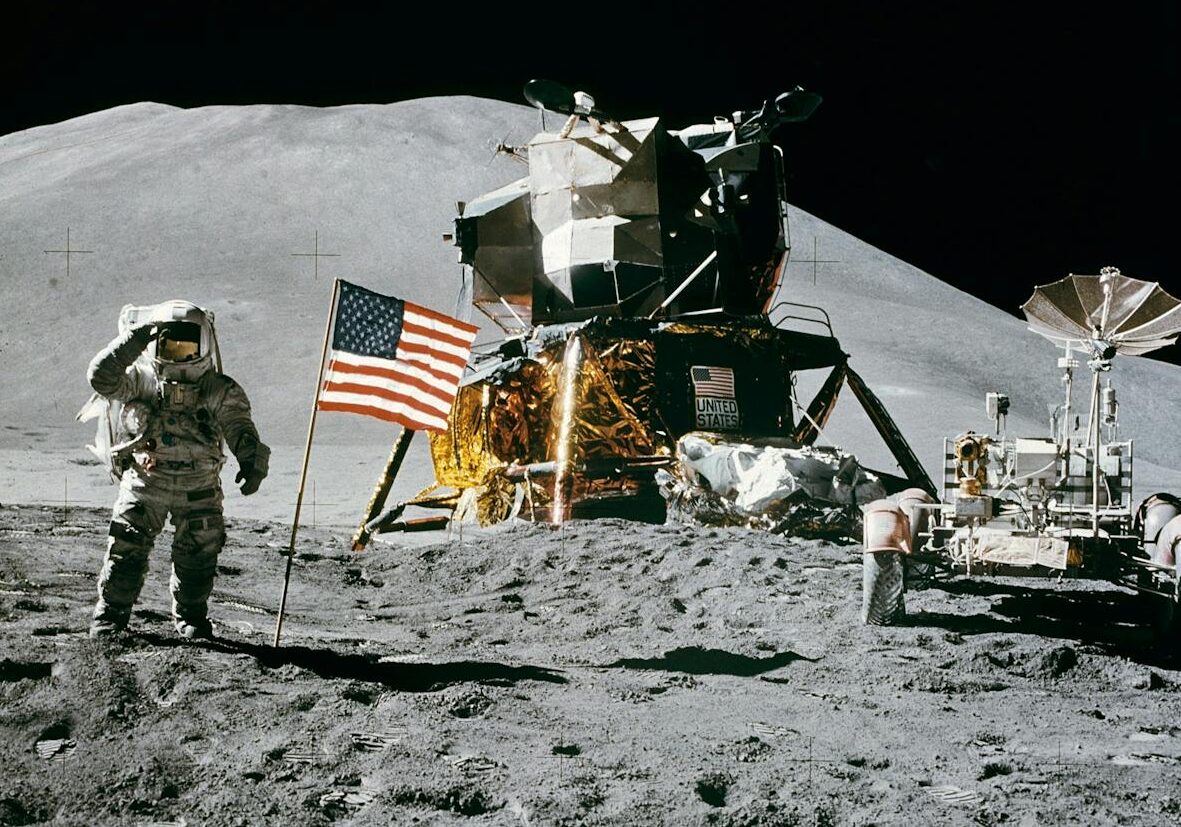
July 30, 2025
Black women have made more strides in outer space than they have in corporate America.
The newly released 2025 Fortune 500 CEO list underscores the significant disparities Black women continue to face in corporate America.
This year’s list, which ranks U.S. companies by revenue and spotlights the influence of their top leaders, includes only two Black women, Forbes reports. Since the list’s debut in 1955, just five Black women have ever appeared on it. By contrast, six Black women have traveled to space as astronauts, an impressive achievement that also highlights the stark underrepresentation of Black women in executive leadership.
It took over 50 years for Ursula Burns to break barriers as the first Black woman to lead a Fortune 500 company, serving as CEO of Xerox from 2009 to 2016. Another decade passed before a Black woman appeared on the list again, when Mary Winston briefly served as Bed Bath & Beyond’s CEO in 2019. Rosalind Brewer of Walgreens joined the list in 2021, followed later that year by TIAA CEO Thasunda Brown Duckett, and in 2023 by Toni Townes-Whitley of Science Applications International Corp. (SAIC).
Data from the 2023 U.S. Bureau of Labor Statistics shows Black workers make up roughly 13% of the workforce but hold just 3.3% of executive-level positions. Black women, who comprise approximately 7.5% of the workforce, hold fewer than 2% of C-suite roles, further explaining the mere two Black women who made this year’s Fortune 500 list.
“At the managerial level, the Black share of the workforce declines to 7 percent. Across the senior manager, VP, and SVP levels, Black representation holds steady at 4 to 5 percent,” according to McKinsey.
Meanwhile, Black women have seen more success and representation in the aeronautics field. Since NASA’s inception, only about 360 astronaut candidates have been selected since the first class in 1959, with just 50 currently holding active astronaut status. The path to becoming an astronaut is highly competitive, requiring exceptional skills and the willingness to face significant physical risks.
However, despite this, NASA has chosen a higher number of Black women as astronauts than Fortune 500 companies have allowed to lead their organizations. Notably, the first Black woman astronaut, Mae Jemison, traveled to space in 1992, 17 years before Ursula Burns became the first Black woman to serve as CEO of a Fortune 500 company, leading Xerox in 2009. It’s also worth noting that Gayle King and Aisha Bowe’s Blue Origin spaceflight earlier this year doesn’t classify them as official astronauts; the FAA designates them as “spaceflight participants” or civilian space travelers.
The latest Fortune 500 list reinforces findings from McKinsey’s 2024 Women in the Workplace report, which revealed that the number of Black women in leadership roles has fallen below pre-pandemic levels. These gaps persist despite Black women frequently demonstrating greater ambition, holding comparable qualifications, and often outperforming their peers, yet remaining significantly underrepresented in corporate America.
RELATED CONTENT: Black History Month: Ursula Burns, Fortune 500 CEO

